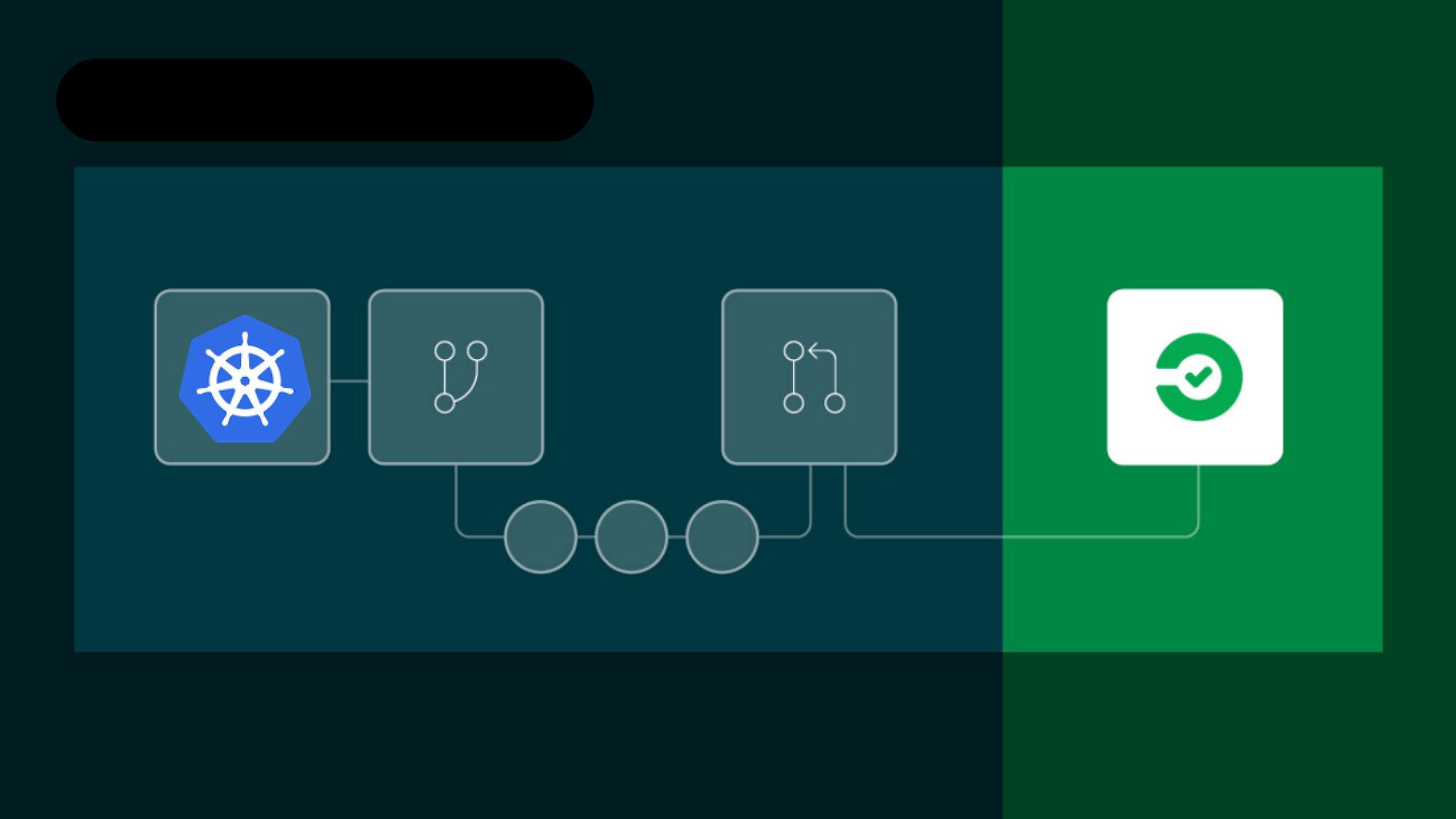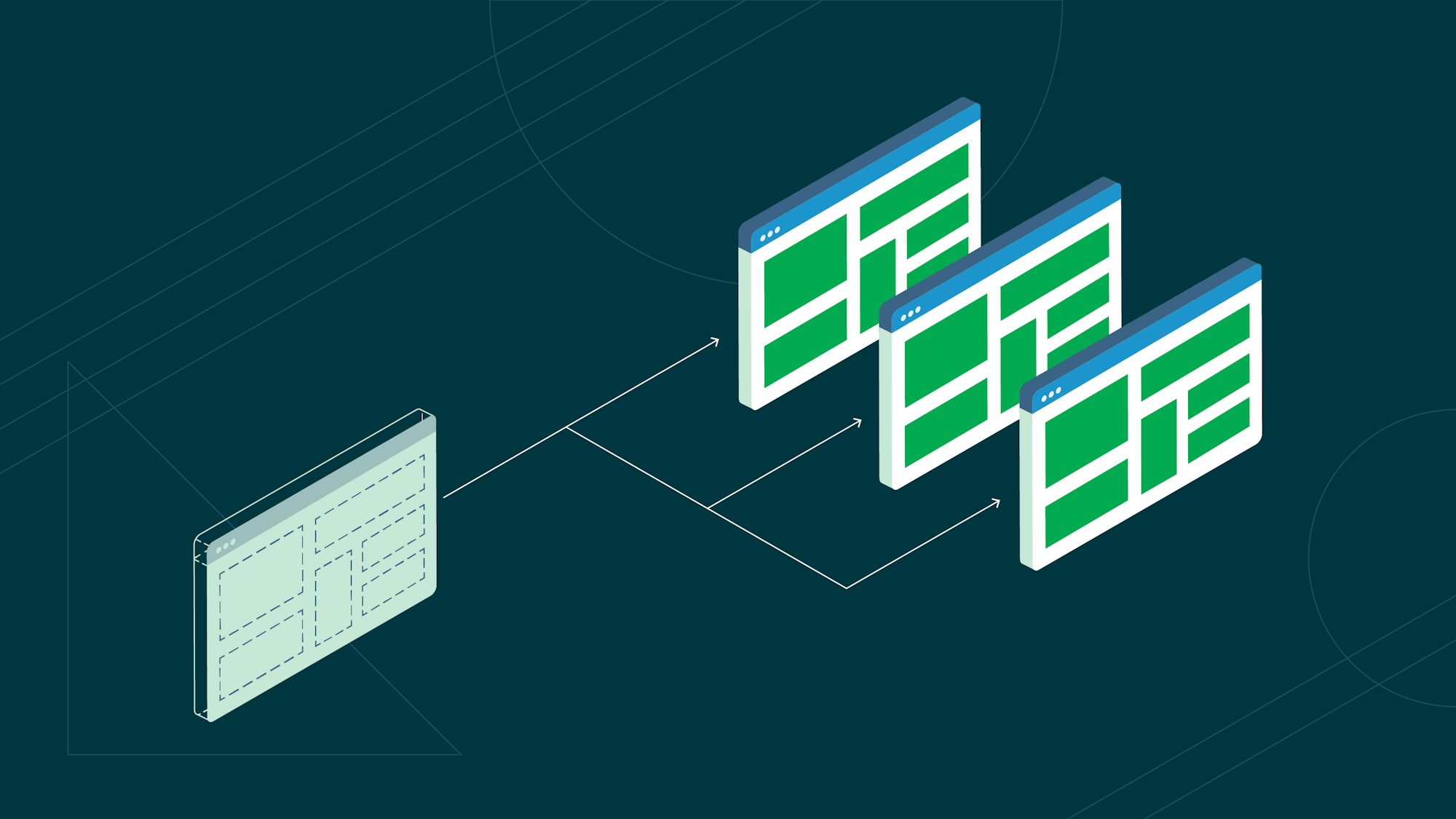Container orchestration automates and manages the complete lifecycle of containers, including provisioning, deployment, and scaling. This allows organizations to capture the benefits of containerization at scale without incurring additional maintenance overhead.
Containerization involves packaging a software application with all the necessary components to run in any environment. As applications grow in size and complexity, so does the number of containers needed to maintain stability. Container orchestration makes it easier to scale up containerized applications by automating processes that would otherwise be manual, time-consuming, and prone to costly errors.
This article covers the benefits and challenges of container orchestration. It also describes some popular container orchestration tools to consider.
Benefits of container orchestration
Container orchestration offers an efficient way to manage the complexity of modern software environments, bringing a host of advantages that go beyond simply spinning up and running containers. Key benefits that container orchestration can bring to your organization include:
- Cost efficiency
- Simplified deployments
- Improved resilience and availability
- Faster application development
- More efficient resource management
Cost efficiency
Containers are lightweight and require fewer resources to run than virtual machines. It is easier to accommodate several containers on a host, regardless of the environment. When deployed at scale with a container orchestration tool, containers yield significant cost savings. The container orchestration system also requires less time and human capital to manage than manual deployments, saving even more.
Simplified deployments
With container orchestration tools, building and releasing software gains velocity. Application deployments are more manageable because everything related to the application exists within the container. Some container orchestration tools offer deployment controllers that also simplify rollout and rollback, pod management, and more.
Improved Resilience and Availability
Container orchestration provides built-in mechanisms for handling failures, such as restarting failed containers or distributing traffic across healthy instances, which increases the stability and reliability of applications.
Faster application development
Containers make the entire process of developing, testing, and delivering software faster, more efficient, and repeatable. Orchestration allows teams to roll out and roll back new versions or features with ease, making testing in production and more complex deployment strategies easier to accomplish.
More efficient resource management
Containers make managing resources easier since they do not include operating system (OS) images. This makes containers more efficient and lightweight to operate than traditional applications.
Container orchestration tools
Many container orchestration tools are available. Whether you’re looking for flexibility, ease of use, or advanced cluster management, there’s a tool that can meet your needs.
This section provides an overview of some of the most popular container orchestration tools, highlighting their key features and the benefits they offer to development teams.
Kubernetes
Kubernetes — also known as K8s — is probably the best-known and most popular open source container orchestration tool. Kubernetes manages the entire life cycle of a container and has a range of managed services to help teams gain all the benefits without complexity. Devs like it for its flexibility, vendor-agnostic features, steady version releases, and the open source community built around it.
Kubernetes helps manage complex applications that comprise multiple independent services that must be hosted at scale. The Kubernetes API allows for the automation of several tasks related to provisioning and management.
This range of services simplifies the container automation and management process and eases the process of delivering cloud services.
Some managed Kubernetes services include:
- Red Hat OpenShift
- Google Kubernetes Engine (GKE)
- Azure Kubernetes Service (AKS)
- Amazon Elastic Kubernetes Service (EKS)
OpenShift is a cloud development platform by Red Hat built on both Docker and Kubernetes and powered by an open source Kubernetes engine. This platform as a service (PaaS) uses Kubernetes as a container orchestration engine to enable developers to run and build applications anywhere. It helps develop, deploy, and manage cloud-based applications, allowing developers to work in a self-service way.
The Google Kubernetes Engine (GKE) is a Kubernetes-based management system for Docker containers and container clusters within Google’s public cloud services.
Azure Kubernetes Service (AKS) is Azure’s fully managed container service that simplifies deploying a Kubernetes cluster in Azure. Azure fully manages the clusters, making it easy to deploy containerized applications without orchestration skills or expertise.
Amazon Elastic Kubernetes Service (EKS) is a managed service that simplifies running and deploying Kubernetes in AWS. This is a container as a service (CaaS) that gives AWS users the features of Kubernetes without having to manage Kubernetes.
Docker Swarm
Docker Swarm, offered by Docker, is an open source container orchestration tool and Docker’s native clustering engine. It enables the effective management of multiple containers deployed on numerous machines by converting a pool of Docker instances and hosts into a single virtual host.
Docker Swarm offers decentralized access, making it easy for distributed teams to work on and manage the environment effectively. To learn more about Docker Swarm and how it compares with other popular container management tools, read Docker Swarm vs Kubernetes: how to choose a container orchestration tool.
Apache Mesos
Apache Mesos is another open source cluster management service. It works between the application layer and the OS, making deploying and managing applications in large-clustered environments more straightforward and efficient.
Mesos is the first open source cluster management service to handle a workload in a distributed environment using dynamic resource sharing and isolation, the segregation of a program from other running processes. Mesos provides applications with the available resources on all machines in the cluster and frequently updates to include resources that completed applications have freed up. This lets applications make the best decision about which task to execute on which machine.
Nomad
First released by HashiCorp in 2015, Nomad was initially designed to be a general orchestrator. Now, Nomad is a container orchestration tool that provides flexible cluster management and the scheduling and deploying of tasks among the worker nodes in a cluster. Worker nodes within the Kubernetes cluster perform actions facilitated by the Kubernetes API. They can be used to run containerized applications and can also handle networking between applications with and outside the cluster.
Nomad deploys and manages containers and non-containerized applications on various infrastructures at scale in on-site or cloud environments. Beyond containers, Nomad handles the orchestration of any application and offers bin packing to enable effective space management and job scheduling.
SUSE Rancher
SUSE Rancher is a service built for the easy management, organization, and administration of thousands of Kubernetes clusters on any infrastructure.
Rancher allows developers to create Kubernetes clusters with the Rancher Kubernetes Engine (RKE) or with other cloud Kubernetes services, such as GKE and EKS. With SUSE Rancher, developers can import and manage existing Kubernetes clusters from any Kubernetes distribution.
Container orchestration challenges
Setting up container orchestration can be daunting for organizations with little prior experience with containers. Educating yourself about the tools and what they manage will help you address challenges such as:
- Choosing the right tool
- Security
- Networking
- Cultural change
Choosing the right container orchestration tool
With the number of container orchestration tools available, it can be difficult to understand what features each offer, why they should be used, and whether they are a fit for your organization’s needs.
Some essential features to look out for when choosing a tool include:
- Security
- Scaling
- Required skills
- Efficiency
- Organization-specific needs
Have these in mind when picking a tool to inform your decision-making process.
Security
Container management and orchestration can be more complex than other infrastructures. The entire container orchestration process must be secure as attackers can exploit any misconfiguration, bugs, or other vulnerability. Downtime, loss of money, and exploitation of sensitive data are just some of the by-products of a security problem in container orchestration.
It is crucial to have security-minded developers who manage and maintain the entire process to reduce security risks. By implementing security best practices such as automated vulnerability scans in a continuous integration pipeline, you can significantly reduce your risk exposure.
Networking
An organization developing with microservices needs each service to communicate with the others to enable an easy flow of work. If the organization expects high traffic between the containers, this can cause some problems. However, a good load balancer solves the problem of traffic with ease.
Cultural change
Container orchestration is a field that requires openness and accountability. If this is not an already existing part of an organization’s culture, implementing container orchestration may be difficult, regardless of size. To effectively implement container orchestration, communication, and collaboration, you must encourage the best DevOps practices at all levels.
Container orchestration and CI/CD
You can integrate container orchestration into a continuous integration and continuous deployment (CI/CD) pipeline. Using CI/CD in concert with container orchestration will automate essential tasks. This section discusses some of them.
Automated container builds
A CI/CD pipeline can automate the entire process of building containers, allowing developers to stay focused on delivering new features and responding to customer needs. You can also automate deploying containers to a Kubernetes cluster or other container orchestration tool so your users receive updates swiftly, reducing wait time.
Security scans
Bugs and security issues can occur during development as well as during the orchestration process. To reduce your exposure to supply chain vulnerabilities and other potential attack vectors in your containerized applications, it is important to implement a comprehensive automated testing process.
Infrastructure configuration and deployments
Configurations and deployments are vital aspects of the DevOps pipeline. You can automate your container cluster configuration process with CI/CD, reducing the chance of costly misconfiguration errors and other mistakes.
Conclusion
This article discussed the benefits of container orchestration, including including improved scalability, enhanced resource management, and increased deployment efficiency. It surveyed several tools, discussed some challenges posed by container orchestration and how you can address them, and explained how CI/CD can simplify container orchestration through automation.
Containerization and container orchestration tools are here to stay. Tools like Kubernetes, Docker Swarm, and Nomad make the development to deployment process for complex containerized applications more straightforward, saving organizations from costly manual infrastructure management. However, it’s important to consider your organizational needs and capabilities before choosing an orchestration tool. Although container orchestration has its challenges, the benefits far outweigh the problems, which can mostly be mitigated with proper planning.
When your organization is ready to scale its use of containers with container orchestration, you can further automate and secure the build, test, and deployment process with a comprehensive CI/CD pipeline. CircleCI integrates with Kubernetes and other container orchestration tools to make your transition to container-based deployments faster and easier. To get started, sign up for a free account today.







